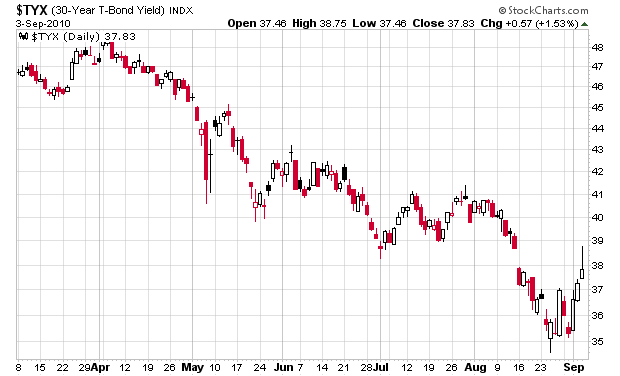Uranium One’s shareholders voted convincingly in favour of the takeover of a majority stake in the corporation by a Russian “crown” corporation SC Atomredmetzolo (“ARMZ”) with approximately 91.99% of non-ARMZ shareholders in favour of the transaction.
The salient terms of the agreement is that ARMZ will take a 51% majority stake, and pay the rest of the shareholders $1.06/share in a cash dividend. Shareholders, assuming they haven’t already sold at market value, will be in for the ride and will have to make sure that their interests are in alignment with the majority ownership.
This is almost the reverse case of Magna International, where the Stronach family is being paid a considerable sum by the corporation to relinquish its controlling stake.
Investors should always be very cautious in making sure whenever they invest in companies that have majority or near-controlling ownership stakes that their interests are in alignment with the large shareholders. While a majority stake is not necessarily an exclusion criterion to considering a potential investment, it does raise the bar considerably higher. I tend to have a high aversion to majority or near-majority controlled domestic corporations as they can abuse minority shareholders.
The debenture holders, however, should be looking good – Uranium One has a December 31, 2011 issue that has a 4.25% coupon that is a very probability candidate for maturity at par; between the bid and ask, it is trading at 98.5 cents. Once you factor in capital gains, it is a relatively low risk 5% return on investment. Uranium One has another outstanding debenture issue that matures in March 2015 and this one is muddied by the fact that the conversion privilege (at $4/share) is close to the common stock price – this issue is trading at around 105 cents.
It is not likely that the 1.3 years between now and December 31, 2011 will pose much of a credit risk for the initial debenture issue – the corporation is likely to refinance this debt. However, the 2015 debenture has more embedded risk simply due to the time between now and the March 2015 maturity – you never know how much of the company assets will get stripped out. The worst case scenario is that ARMZ will try to to repatriate the assets (mainly agreements to mine and sell Uranium, mostly from Kazakhstan) of Uranium One into some other corporation controlled by ARMZ. You then don’t have to worry about the bankruptcy of a Canadian corporation once the assets have been stripped out of it, and debenture holders and shareholders alike would be left with nothing. It is unlikely this scenario will happen by 2011, but by 2015 it becomes somewhat more likely.
Suffice to say, I won’t be touching the equity or debt of this corporation.
